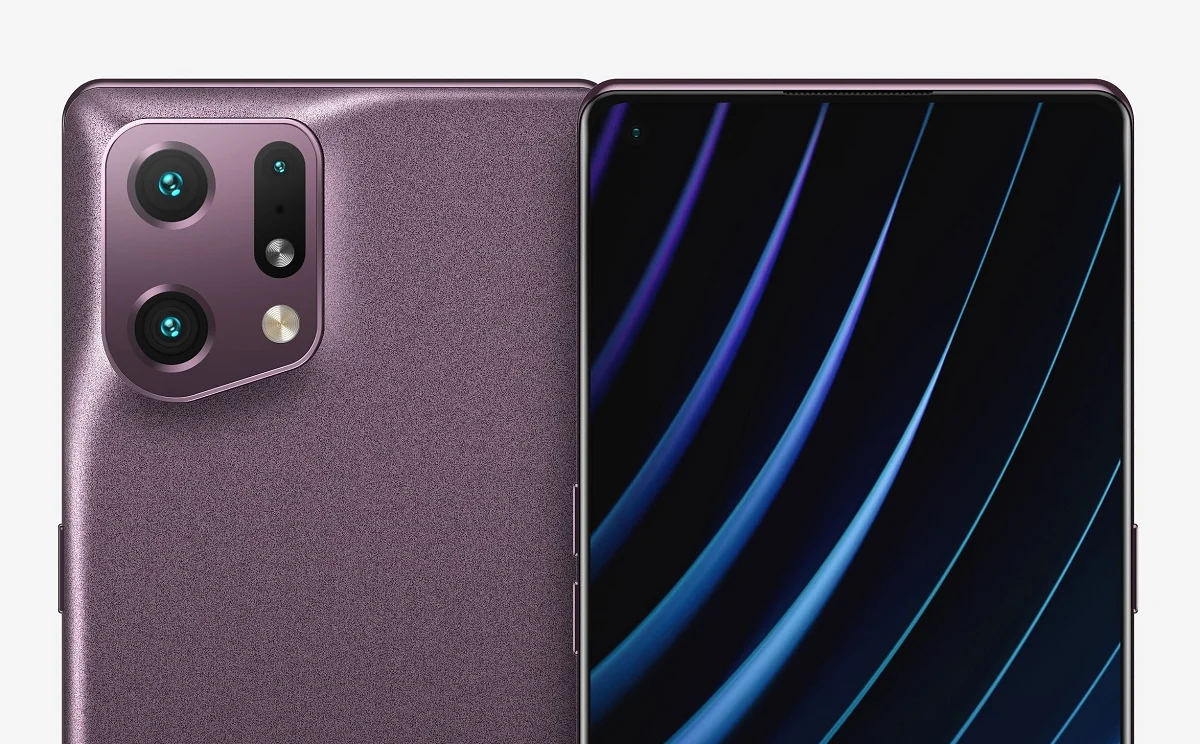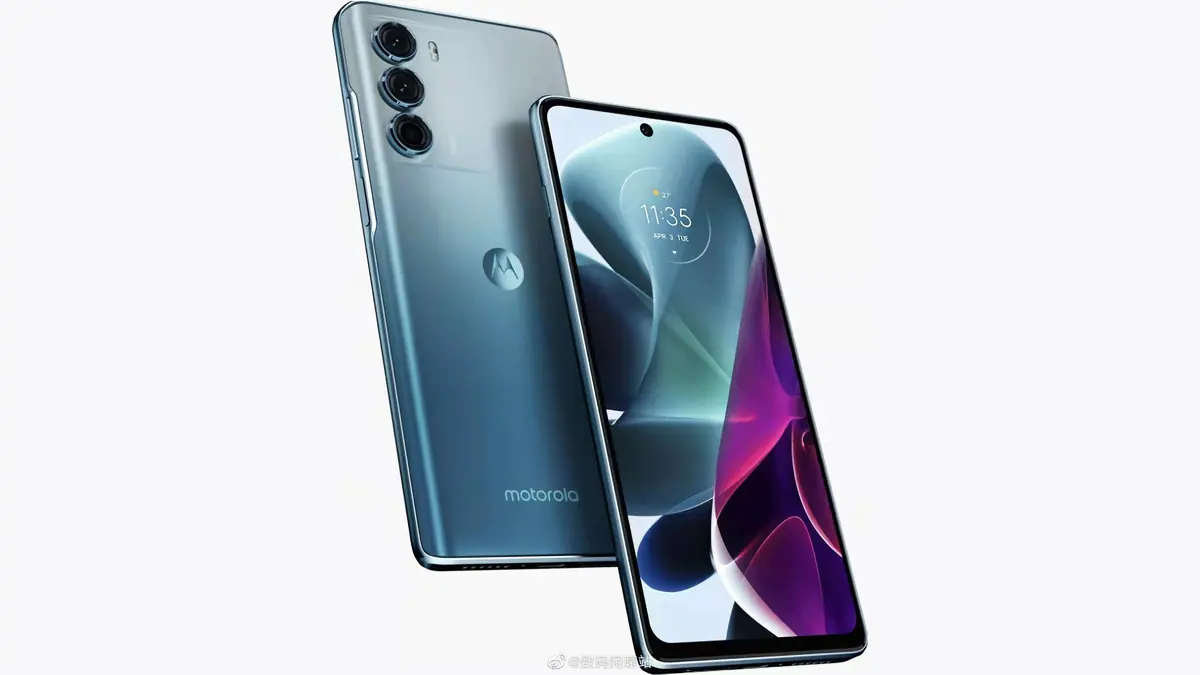Although Windows 11 has many new features, some performance and design issues have made Windows 10 a much more practical choice. For this reason Techno 24 recommends that you consider reverting to the old operating system.
Windows 11 slows down in daily use
The first thing you will notice after upgrading to Windows 11 is the decrease in overall system speed. While heavy tasks and app performance suffered no hitches, simple tasks like opening apps, navigating File Explorer, and even right-clicking to open the context menu took longer than expected.
This delay, although slight, became annoying over time; especially since I just upgraded from Windows 10 on the same hardware which performs these tasks much faster.
Even on an SSD, tasks like folder navigation were slower in Windows 11 than in Windows 10. Even though the animations are smooth, they feel unnecessarily slow. For example, switching between desktops, which was fast in Windows 10, now has a slight delay in Windows 11, adding to the overall feeling of slowness.
Very complex context menu
One of the biggest disappointments in Windows 11 is the overly simple context menu, which has paradoxically made it more complicated. Microsoft clearly prioritized aesthetics while sacrificing functionality.
Basic actions like cut, copy and paste have been replaced by unintuitive icons. More options are hidden behind the “show more options” button, making routine actions more cumbersome.
This extra step to access standard features is an unnecessary hurdle, especially compared to the simple context menu in Windows 10 where everything is instantly available. This is a significant disruption for users who frequently rely on these actions.
Taskbar and Start menu have become less functional
As with the context menu, the taskbar redesign in Windows 11 excels in aesthetics but loses in functionality. One of the most noticeable issues is the inability to move the taskbar from the bottom of the screen, a feature that was available in Windows 10 but has been removed in Windows 11.
Additionally, consolidating settings like Wi-Fi and sound into a single button adds another step to accessing them. Instead of showing relevant options when you click on an icon, Windows 11 opens the Action Control Center, which requires another click to take you where you need to go. These changes are unnecessary and add unnecessary complexity to once simple tasks.
The Start menu also looks like a throwback. Instead of presenting programs as a simple list, it prominently features the now rarely useful “Recommended” section. There’s no way to use this space for more practical purposes, like pinning frequently used programs or files. The lack of personalization feels like wasted potential.
Windows 11 feels more intrusive
Perhaps the most frustrating aspect of Windows 11 is how intrusive it can be. During installation, the system forces you to connect to the Internet and create a Microsoft account with limited options to get around these requirements. While workarounds exist, they are temporary and future updates may remove them completely.
Microsoft also continues to aggressively promote third-party apps. Advertisements for Edge and other services are frequently displayed system-wide, and changing default programs such as the web browser is unnecessarily complicated.
Instead of letting users choose a default app for a particular category, Windows 11 forces you to manually change it for each file extension, adding more steps to an already tedious process.
Windows 10 is today’s best option
While Windows 11 offers new features and a more modern design, the performance and usability issues you will encounter make Windows 10 more suitable for daily use. Switching to Windows 10 provides faster and more functional operation.
When will Microsoft stop supporting Windows 10?
But switching to Windows 10 is only a temporary solution. After October 2025, Windows 10 will no longer be officially supported, meaning you’ll eventually have to revert back to Windows 11. Let’s hope that by then Microsoft will have fixed some of the annoying things that made Windows 11 cumbersome and less functional.













